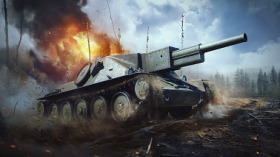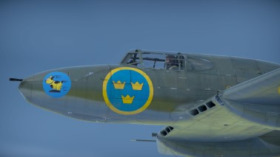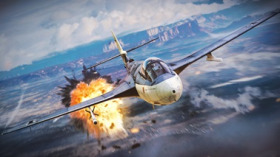
- For PC
- For MAC
- For Linux
- OS: Windows 10 (64 bit)
- Processor: Dual-Core 2.2 GHz
- Memory: 4GB
- Video Card: DirectX 11 level video card: AMD Radeon 77XX / NVIDIA GeForce GTX 660. The minimum supported resolution for the game is 720p.
- Network: Broadband Internet connection
- Hard Drive: 23.1 GB (Minimal client)
- OS: Windows 10/11 (64 bit)
- Processor: Intel Core i5 or Ryzen 5 3600 and better
- Memory: 16 GB and more
- Video Card: DirectX 11 level video card or higher and drivers: Nvidia GeForce 1060 and higher, Radeon RX 570 and higher
- Network: Broadband Internet connection
- Hard Drive: 75.9 GB (Full client)
- OS: Mac OS Big Sur 11.0 or newer
- Processor: Core i5, minimum 2.2GHz (Intel Xeon is not supported)
- Memory: 6 GB
- Video Card: Intel Iris Pro 5200 (Mac), or analog from AMD/Nvidia for Mac. Minimum supported resolution for the game is 720p with Metal support.
- Network: Broadband Internet connection
- Hard Drive: 22.1 GB (Minimal client)
- OS: Mac OS Big Sur 11.0 or newer
- Processor: Core i7 (Intel Xeon is not supported)
- Memory: 8 GB
- Video Card: Radeon Vega II or higher with Metal support.
- Network: Broadband Internet connection
- Hard Drive: 62.2 GB (Full client)
- OS: Most modern 64bit Linux distributions
- Processor: Dual-Core 2.4 GHz
- Memory: 4 GB
- Video Card: NVIDIA 660 with latest proprietary drivers (not older than 6 months) / similar AMD with latest proprietary drivers (not older than 6 months; the minimum supported resolution for the game is 720p) with Vulkan support.
- Network: Broadband Internet connection
- Hard Drive: 22.1 GB (Minimal client)
- OS: Ubuntu 20.04 64bit
- Processor: Intel Core i7
- Memory: 16 GB
- Video Card: NVIDIA 1060 with latest proprietary drivers (not older than 6 months) / similar AMD (Radeon RX 570) with latest proprietary drivers (not older than 6 months) with Vulkan support.
- Network: Broadband Internet connection
- Hard Drive: 62.2 GB (Full client)
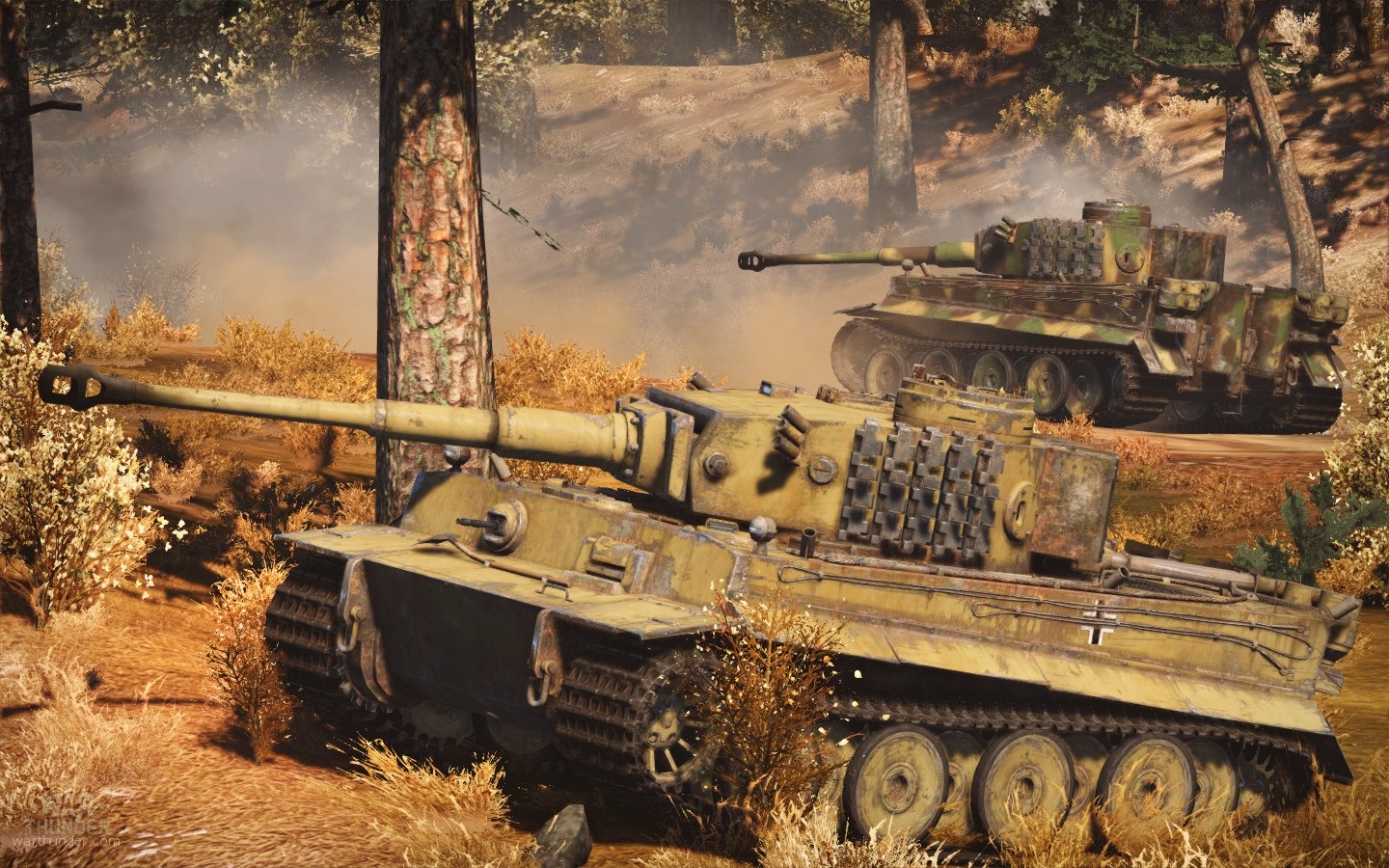
From 12.00 GMT on September 20th to 12.00 GMT on September 22nd
+30% RP gain for Pz.Kpfw. IV Ausf. F1, F2, G & H
Kurt Knispel was born on September 20th 1921 in a small town called Salisfled in Czechoslovakia. Knispel spent most of his childhood in Mikulovice, where his father worked in an automotive factory. Knispel disliked factory work and in April 1940 Knispel joined the Wehrmacht as a volunteer.
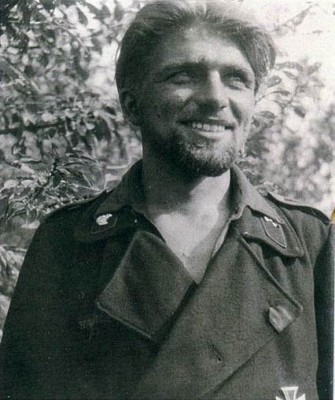 |
Knispel started basic training at the Panzer Replacement Training Battalion at Sagan. There he was subjected to his general military training: PT, how to march, salute and use weapons such as the P38 pistol, Kar98k rifle, and hand grenades. After basic training Knispel went onto Panzer training to operate the Pz I, II, and IV. On October 1st Knispel was transferred to a “Field Unit” of the 3rd Company of the 29th Panzer Regiment, 12 Panzer Division where he finished his training as a loader/gunner on the Pz IV. During training at Putlos he first demonstrated his abilities as a gunner; he had a gift of total three-dimensional vision as well as extraordinary reflexes. But to Knispel’s dismay, he remained a loader.
Knispel first saw action in August 1941 in a Pz IV tank. During Operation Barbarossa he quickly rose to the position of gunner under the command of Lt. Hellman. By January 1942 Knispel had returned to Putlos to undergo his training in the new Tiger tank and at the time he was already credited with 12 tanks victories. His next home was the 1st Company of the 503rd Heavy Panzer Battalion where he took part in the Battle of Kursk as flank cover to the 7th Panzer Division. From there he went on to commanding a Tiger II within the same unit.
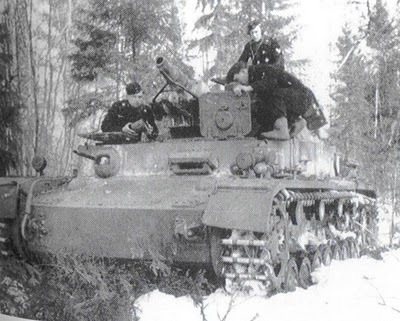 |
Knispel was recommended four times to the receive the Knight’s Cross, an award he never received. This did not concern him as he was not driven by fame or decoration. Knispel’s record lists 168 confirmed tank kills, but when unconfirmed victories are included, the total adds up to 195. Even at 168 confirmed, this makes Knispel the most successful tank ace of World War II.
He scored an incredible kill of a Soviet T-34 tank at a range of 3,000 meters. Knispel was awarded the Iron Cross First-class (15 kills) and then the Tank Assault Badge in Gold after more that 100 tank kills. After destroying 126 tanks Knispel was awarded the German Gold Cross while becoming the only German NCO to receive this honor to be mentioned in the Wehrmacht communique in World War II. It is also said that he credited many kills to others that he could have called his own. Knispel most often shied away from this type of argument and was known for his affable nature. Knispel as a tank commander was in his own element, at times he even faced superior enemies alone to give the units he was supporting the best chance to advance or the safest passage of retreat. Alfred Rubbel, one of Knispel’s first commanders, stated that when he was on the field of battle he never abandoned anyone, even in the worst of situations and conditions.
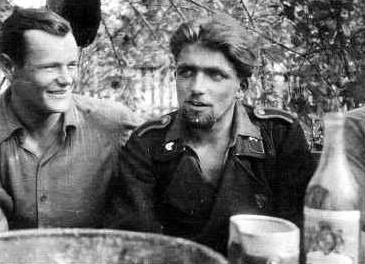 |
Knispel was battle-hardened by conflict in many areas which included Kursk, Vinnitsa, Jampol, Kamenets-Podolsk, the Korsun-Cherkassy Pocket, Cean in the retreat from Normandy then to the Eastern Front in the battles near Mezotur, Torokszentmiklos, Kecskemet, Cegled, Gran Bridgehead, Bab Castle, Laa, Nitra, Gyula, and his final battle in Wostitz, where he was fatally wounded on April 28th 1945, ten days before the war ended.
His lack of authority towards the higher ranks of the German command contributed towards his slow advancement through the rank. On one occasion Knispel assaulted an officer who he saw was mistreating Soviet POWs. Knispel had a tattoo, a goatee, and longer than regulation hair, but spite all of that he was well liked by his fellow soldiers and his skills were never matched. At the age of 23 Knispel had more tank kills than Michael Wittmann, Ernst Barkmann, Johannes Bolter, or Otto Carius.
The end of this sad story of the death of a legend has a positive as Knispel’s remains were found by historians in Vrbovec in an unmarked grave behind a church. “He was identified by the military tattoo on his neck” a spokesperson said from the Moravian museum. On April 10, 2013 Czech authorities confirmed that Knispel's remains were found among 15 other German soldiers behind a church wall in Urbau. It is likely that he will be reburied at the military cemetery in Brno. Rest in peace Kurt Knispel.
Andrew "Tzeentch_Chaos" O'Sullivan
